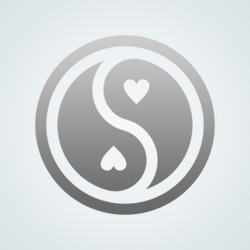BD1998 · 26-30, F
It depends where you are on the piano...my piano ends with a C and starts with an A. when I say that I mean that the A is the lowest and C is the highest (on my piano)
View 5 more replies »
BananaChips · 41-45, F
@SW-User C comes next. B to C is a half step, as is E to F. E can actually be notated as F flat and it's not wrong, for example, just not the conventional notation. The easiest way to see this would be to look at the black and white keys on a piano.

SW-User

If you look at this image, these are the notes on the low-E string of a guitar...look how it skips B# and goes right to C....I do not understand! Where is B sharp? Why is it allowed to skip it and go right to C?
@BananaChips
BD1998 · 26-30, F
@SW-User b#
BananaChips · 41-45, F
@SW-User B sharp is the same thing as C and C flat is the same thing as B. I know it does not seem to make sense but that's really how it works. When you go from C to C#/Db, that is a half step. Another half step going up from C#/Db to D. And so on. BUT... when you go from B to C or E to F, that's only a half step so there is no flat or sharp in between.

SW-User
I know you said you play piano but do you know...if I play the open low-E string and then the open high-E string, are those two Es a octave apart from each other?
@BananaChips
@BananaChips
basilfawlty89 · 36-40, M
@SW-User more than an octave. Your next octave on your low e string will be at the 12th fret.
This comment is hidden.
Show Comment

SW-User
C sharp on a flute.

SW-User
Depends. They just go on over and over again. If you were talking about a specific octave, the answer would be clear.
pride49 · 31-35, M
Depends on which octave on the scale. G would be if they are in sequence.
BananaChips · 41-45, F
Kind of a trick question. They just keep going round and round in a circle so...
Nika2002 · 22-25, F
It's all relative. The series repeats: ABCDEFGABC...etc.
basilfawlty89 · 36-40, M
They just go on it will vary by octave. If you're in one octave, it's clearly G or rather G#.





